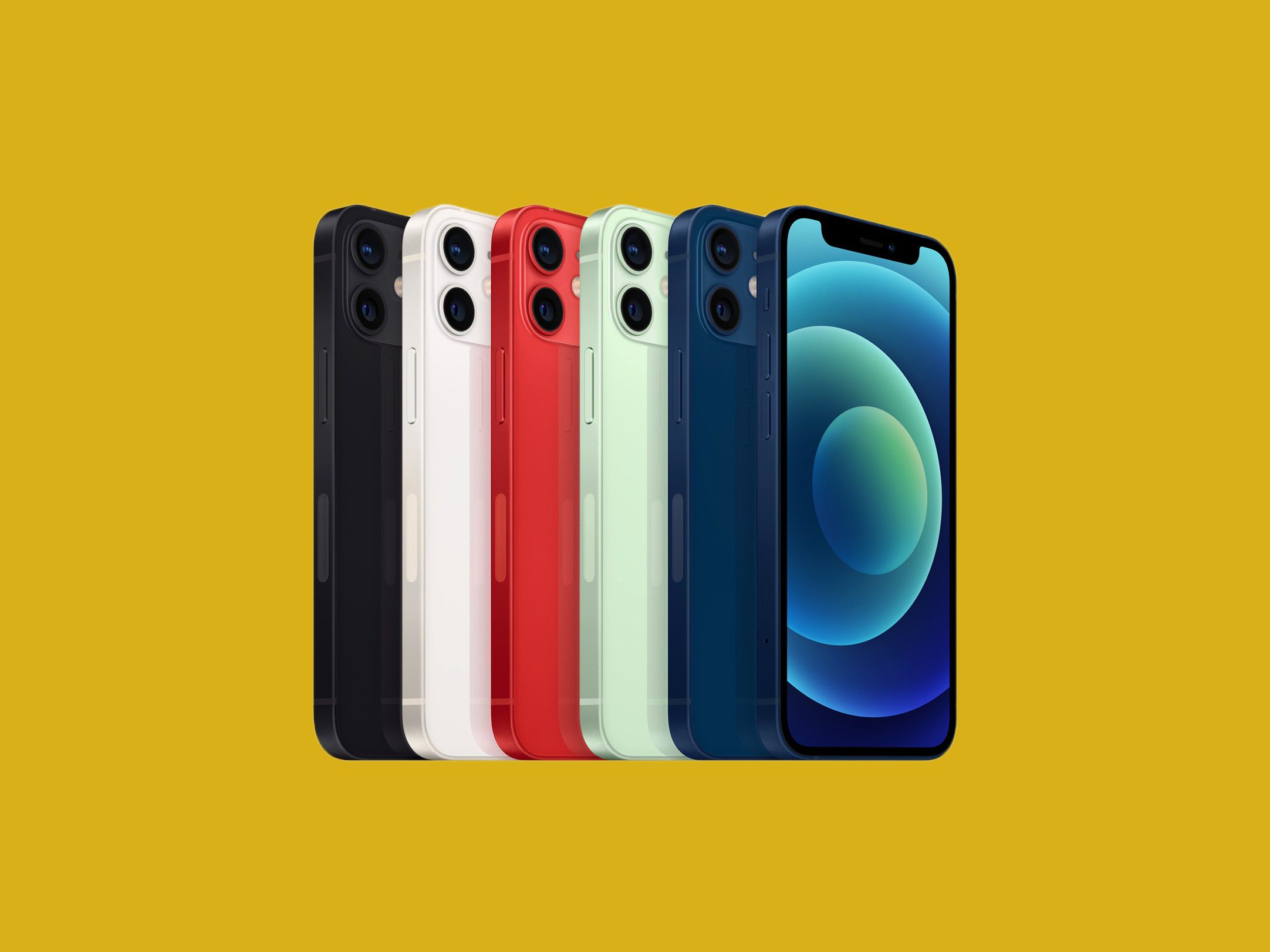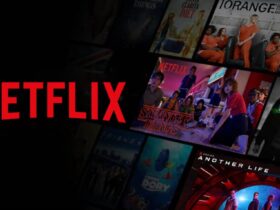Apple has recently cut its iPhone production by 20 percent for this year, but the device that was impacted the most was the iPhone 12 Mini. The order book recorded a decrease of approximately 70 percent. Considering the fact that the new iPhones are believed to remain around the 75 million mark yearly, did the iPhone 12 Mini deserve the title of “Successful Failure” that many critics gave it?
On paper, yes, it looks a lot like a failure, but one of the most successful failures Apple has seen.
First of all, the fact that the tech giant is cutting production of the model is a sign that it didn’t meet the company’s expectations. Part of the impact on sales is certainly caused by the global pandemic.
Though Apple isn’t cancelling the mini production, which is a sign that there is a significant demand for small smartphones with the latest specifications, it’s obvious that Apple overestimated the level of demand.
Some believe that the main reason it didn’t meet expectations is the fact that it isn’t the sole iPhone that brought a small iPhone, as that was the job of the second iteration of the iPhone SE.
The SE was certainly more attractive price-wise, and that may be one of the mini’s main disadvantages.
Also, the price difference between a regular iPhone 12 and the Mini was only $100, so you really had to be sure that you wanted a smaller device. Otherwise, it would have been a shame not to opt for the bigger screen.
Perhaps Apple is working on a successor for the Mini, and maybe they will make it worth the extra difference on top of the SE and make it seem like a true alternative to the regular-sized iPhone not only due to its size.













Leave a Reply